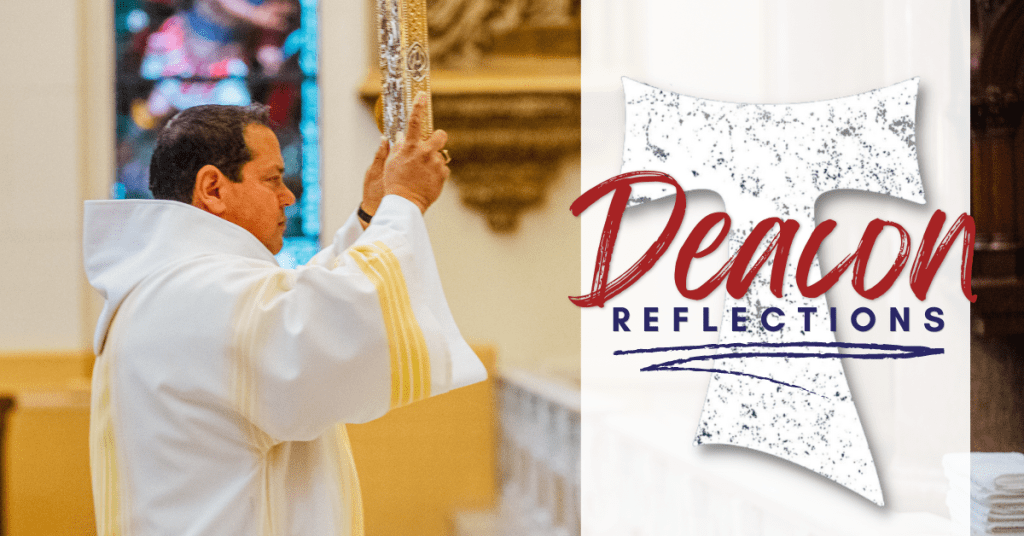
Dear Friends,
The story of the fish and loaves is well known, and one that is found in all four Gospels. Jesus is shown feeding a multitude of people with relatively little. The sixth chapter of John’s Gospel features a few recurring themes that all play out in our reading this weekend. Those themes being faith, providing for others, and divine intervention. This miracle underscores Jesus’ identity as the Son of God who provides abundantly for those who have faith in Him, and foreshadows the nourishment offered through Christ Himself.
The passage begins with Jesus crossing the Sea of Galilee and being followed by a large crowd, drawn by his teachings and the signs he performed. This event takes place shortly after Jesus healed a man at the Pool of Bethesda in Jerusalem, further solidifying his reputation as a healer and teacher of great authority. As Jesus and the disciples see the crowds, He turns to Philip with a question that serves both to test his faith and to set the table for the miracle about to occur: “Where are we to buy bread, so that these people may eat?”
Philip responds estimating the huge cost required to even provide a small amount of food for the many in the crowd. How would we have responded after being asked this same question? We probably would have looked around to see who He was speaking too. Not the apostles., though. Andrew steps forward and offers a different point of view. While knowing the scale of the task at hand, Andrew alerts to Jesus’ attention a young boy who has just five barley loaves and two fish. Philip’s initial doubt highlights our tendency to focus on practical limitations, while Andrew’s willingness to bring what little he could find to Jesus shows his faith. In the presence of Jesus, even the smallest offering can be used for something extraordinary.
Jesus honored this small offering and used it to perform the miracle. When I read this, it reminds me of a few of our parish outreach ministries, especially Bikes from the Heart. Something as small as a bike can be life-changing for someone and give them the freedom and independence to move around. It can assist them in getting back on their feet.
Throughout the Gospel of John, Jesus’ miracles are referred to as “signs” that point to His purpose and ministry. The feeding of the five thousand satisfied the actual hunger of the crowd, yes, but it led the way to Jesus’ divinity being revealed, so that He could feed them spiritually as well.
John 6:1-15 reminds us that even in our moments of doubt or scarcity, Jesus is able to work miracles that exceed our expectations. As you reflect on this passage this week, may you find renewed faith in The One who not only satisfies our physical needs but also offers eternal life through belief in Him.
– Deacon Ray




